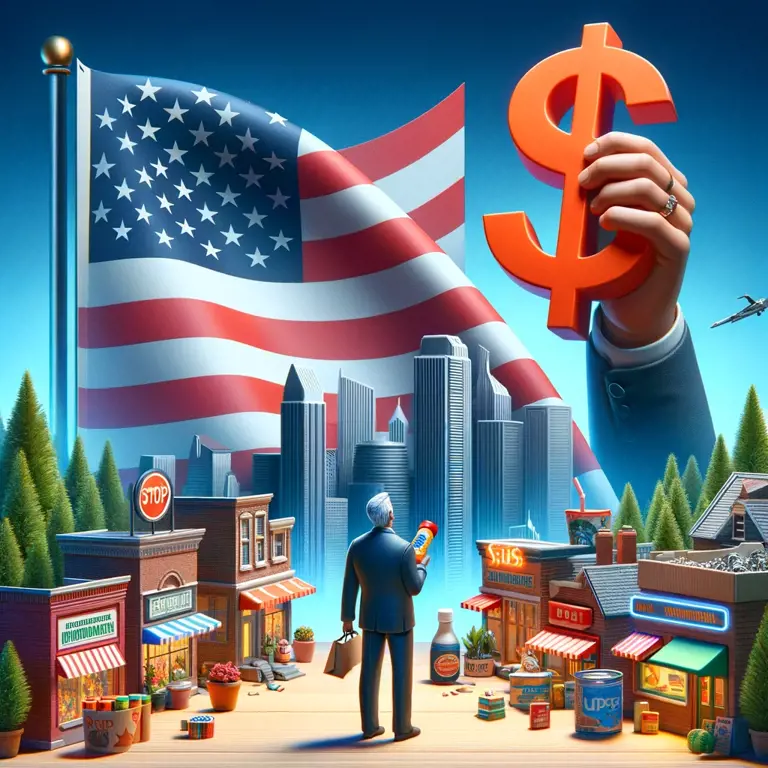“Shrinkflation” is a sneaky trend causing concern among Americans, affecting both their wallets and patience. Unlike clothes shrinking in the dryer, this phenomenon refers to getting less value for your money at the checkout line. From discussions in the White House to mentions on social media platforms like Twitter, where a certain blue, cookie-loving monster resides, shrinkflation is making waves and sparking conversations nationwide.
A Closer Look at Shrinkflation
Let’s dive right in. Shrinkflation is that crafty trick where companies play a game of “now you see it, now you don’t” with the size, weight, or quantity of their products. Meanwhile, the price tag stays put or dares to climb higher. It’s like going on a snack run, only to find your favorite bag of chips has turned into a bag of air with a sprinkle of chips.
Even President Joe Biden is on the case, calling out the downsizing of sports drinks, ice cream, and yes, even Snickers bars, which, by the way, Mars insists hasn’t shrunk. Go figure. At the State of the Union, Biden’s frustration with shrinkflation was clear as daylight, echoing the sentiments of Americans nationwide.
Enter the Cookie Monster, social media’s unlikely economic commentator, with a simple declaration: “Me hate shrinkflation!” The White House’s cheeky reply? “C is for consumers getting ripped off.” It seems everyone’s in on the conversation, with Biden urging companies to cut the shrinkflation nonsense. But here’s the problem. Biden wants the Federal Trade Commission (FTC) to wield the power to regulate and challenge shrinkflation. This means civil actions could be on the table for those slimming down their products on the sly. Yet, for now, the onus is on shoppers to keep their eyes peeled for these sneaky changes.
Certain products, like household paper goods and snacks, have been hit hard by shrinkflation, with notable price hikes masked by reduced quantities. The art of noticing these changes? It’s all about being vigilant, comparing sizes, and maybe even keeping a log of your grocery hauls. It’s a whole new level of grocery game.
The Debate and the Savvy Shopper
While shrinkflation is grabbing attention, not everyone believes it’s the main issue. Inflation hit a 40-year high in 2022, leading some to argue that focusing on shrinkflation might miss the bigger picture. Economists suggest that tackling overall inflation is more crucial, despite the annoyance of getting less for your money. However, everyday Americans are genuinely frustrated by seeing their favorite products shrink.
So, what can shoppers do about these sneaky shrinkflations? Firstly, consider switching brands. Store brands often offer similar quality at lower prices. Secondly, explore online shopping or join loyalty programs for better tracking and comparisons. Shopping in person can lead to increased spending due to impulse buys at the checkout.
Beyond groceries, there’s a sense of optimism in the broader American economy as it navigates inflation and shrinkflation. Talks of a recession are waning as businesses and consumers adapt. From corporate earnings to consumer spending, there’s hope that the economy can weather the storm without spiraling downward.
Regarding mergers, acquisitions, and the business landscape, 2024 could be a year of rebound and recovery. With potentially easing interest rates and evolving consumer behavior, companies in various sectors are gearing up for growth, deals, and expansion.
